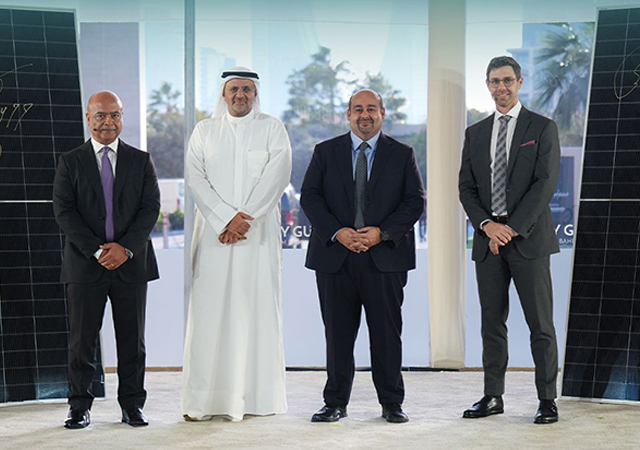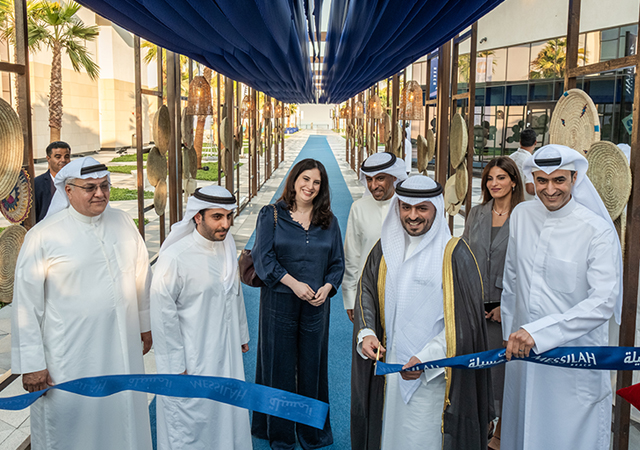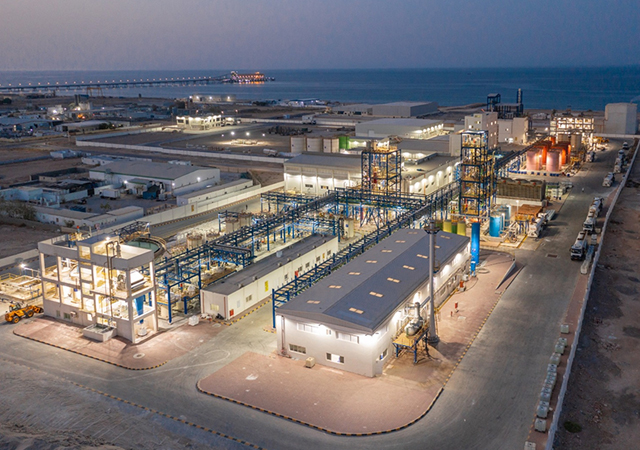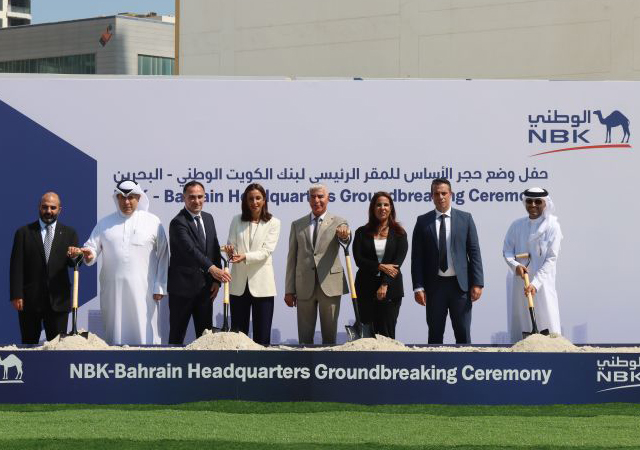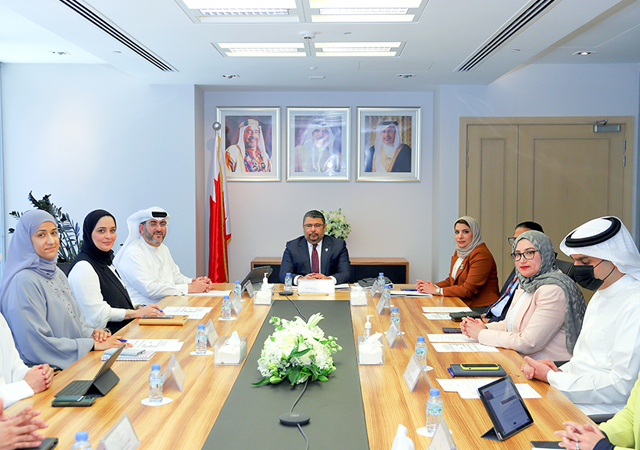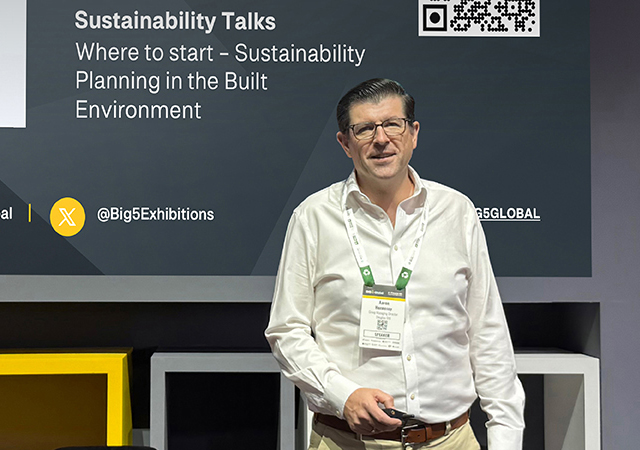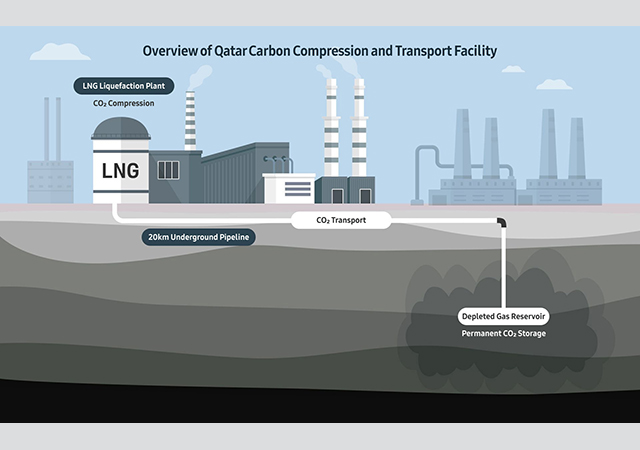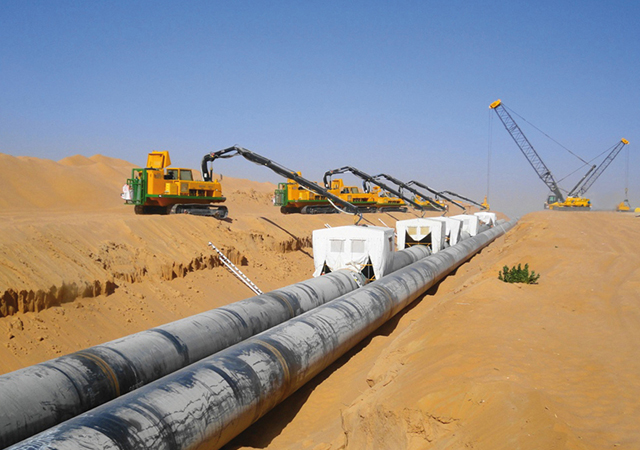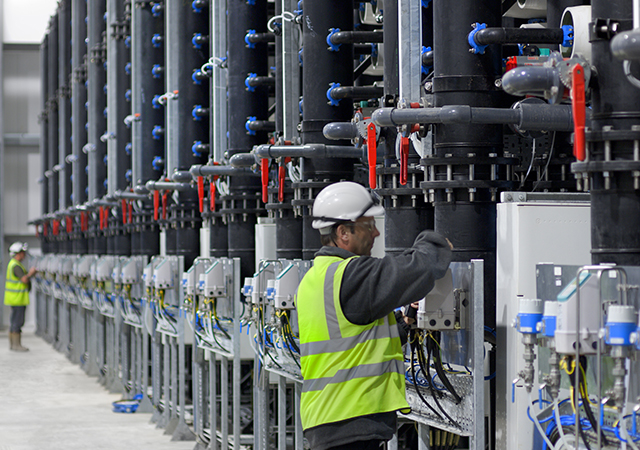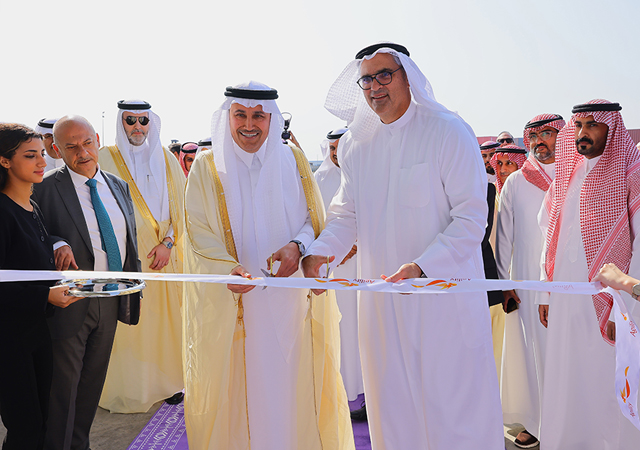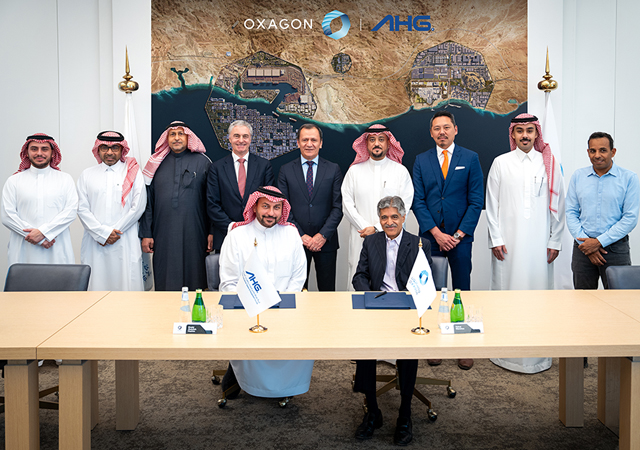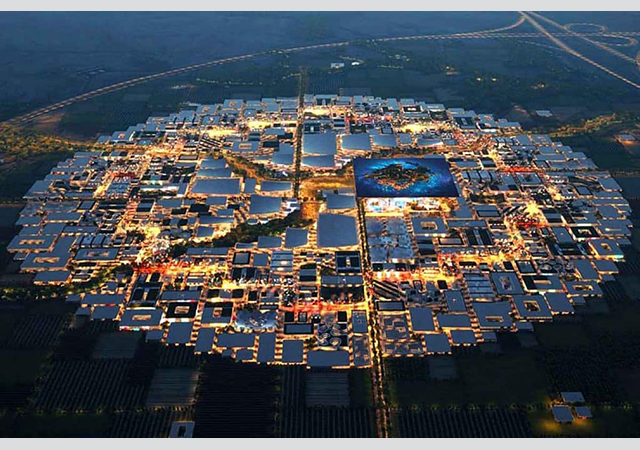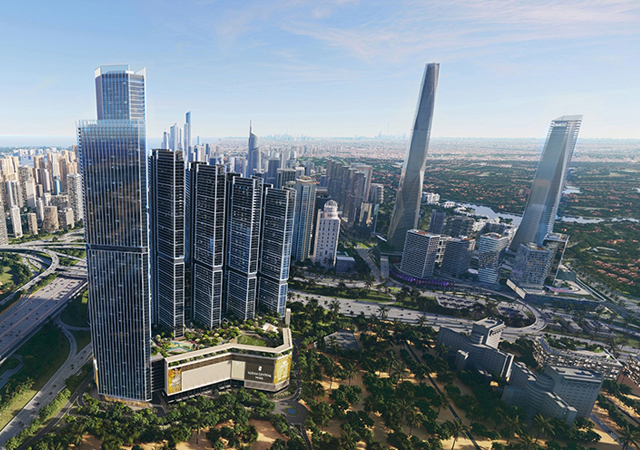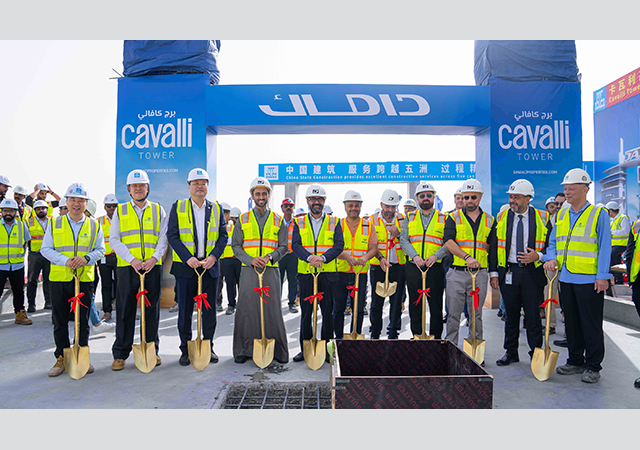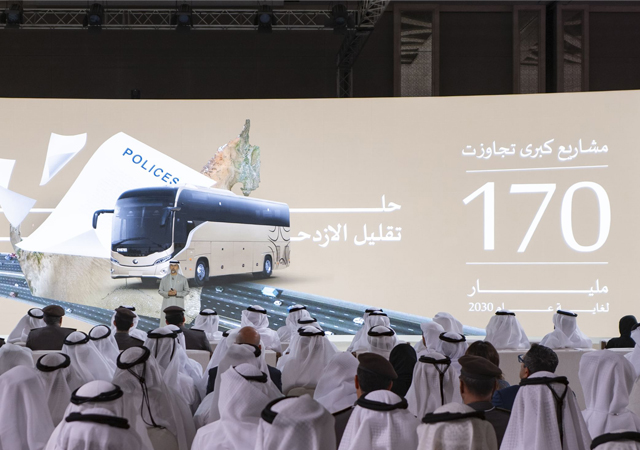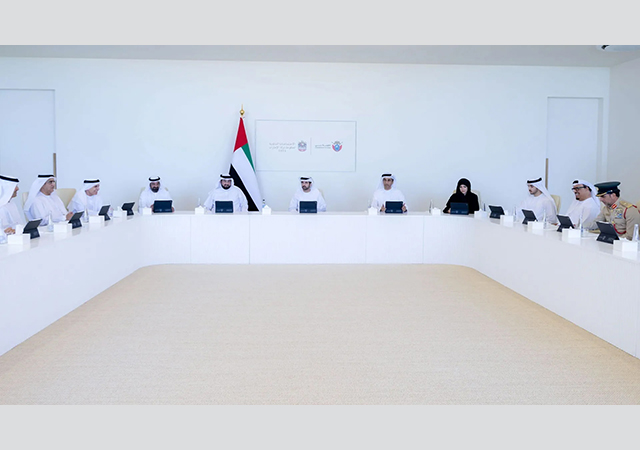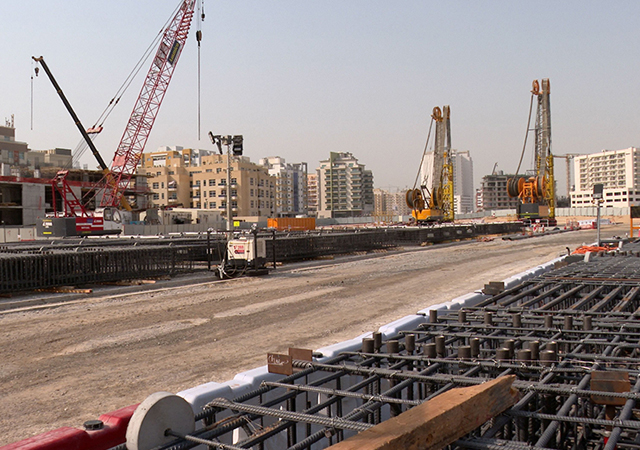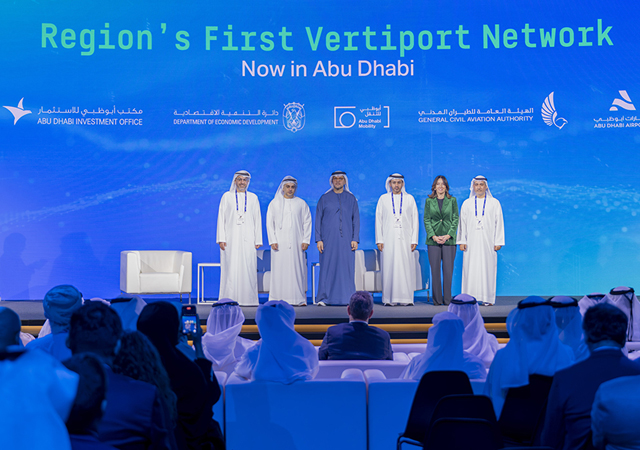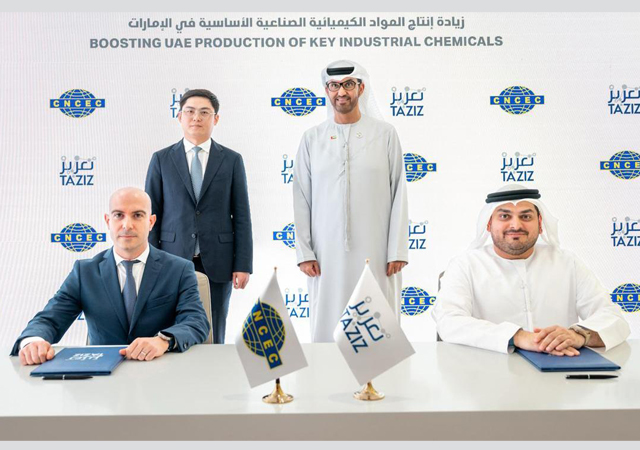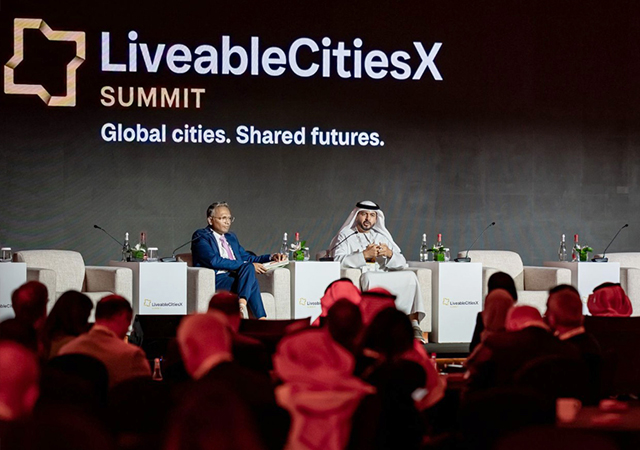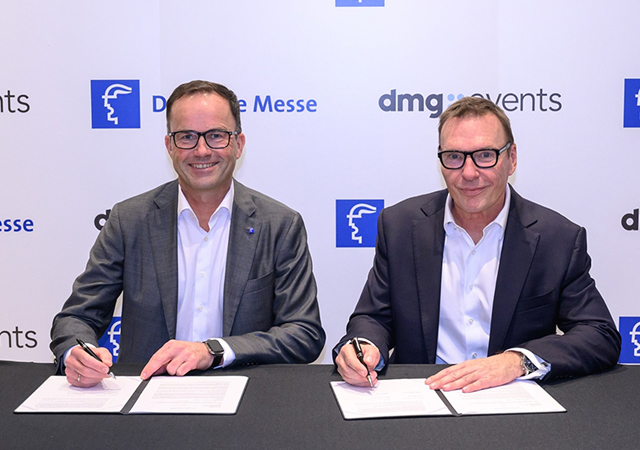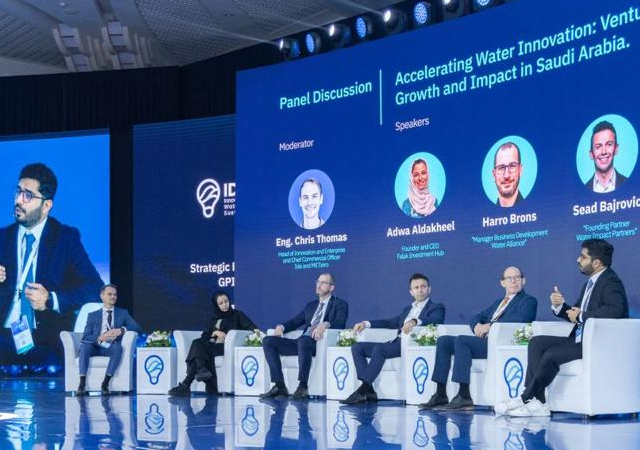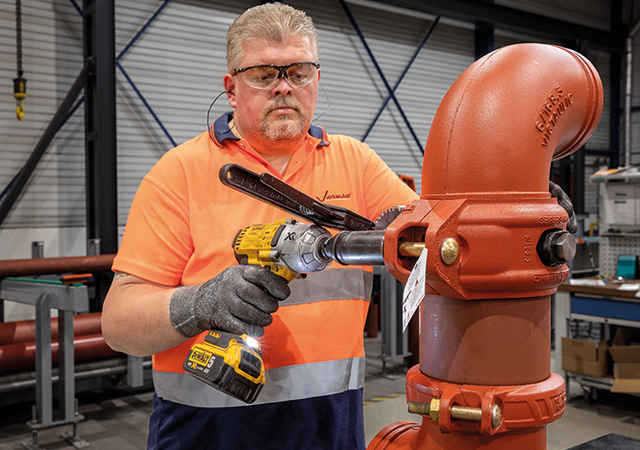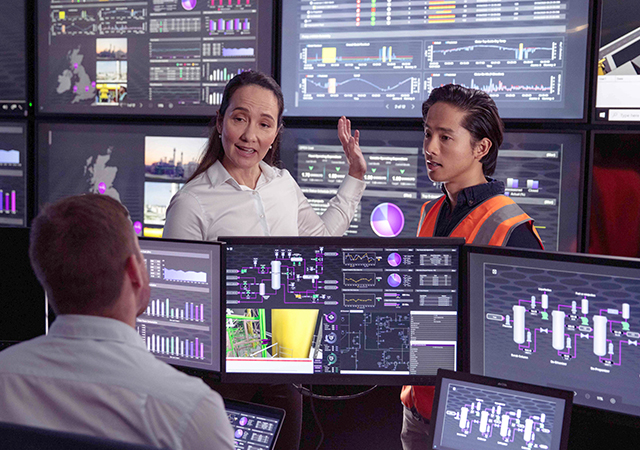
 Digital transformation enables a unified data vein to run throughout capital project developments.
Digital transformation enables a unified data vein to run throughout capital project developments.
Engineering, procurement and construction (EPC) companies are facing more challenges than at any time in history. Battling with tight cost margins and the need to meet zero-emissions targets, they are under pressure to make capital development projects as efficient as possible.
Historically, EPC firms and operators have struggled to manage project challenges while reducing carbon intensity. Around 90 per cent of major projects experience cost overruns, according to Accenture – on average by 50 per cent.
But smart EPC companies are turning to digital transformation to reap the benefits of centralised data and collaboration, generating radical cost and time savings. Digitised processes mean deadlines are met, on time, every time. Material and labour costs are streamlined and optimised.
Digital transformation enables a unified data vein to run throughout capital project developments. Ultimately, this centralised view enables teams to make their projects less risky, more predictable and faster.
With a unified data approach enabled through engineering in the cloud, projects can flex and adjust easily to change both within their own lifecycle and the wider market.
 |
|
Pada |
While the benefits of digital transformation are many, a powerful industrial leap requires a comprehensive strategy to ensure optimal return on investment with minimal disruptions. Below are some of the strategies EPC companies should adopt:
• Secure buy-in from stakeholders – right from the start: Digital transformation is imperative for EPC firms that want to maximise their efficiency and futureproof their organisations. A new technology framework can support each project’s conceptual and detailed design, procurement, construction, handover, and initial operations.
However, it is important to clearly communicate why the company needs updated processes and infrastructure. The EPC company should draft and communicate an implementation and adoption roadmap, which clearly outlines change benefits and justifies expenditure.
All stakeholders should be made aware of the transformative benefits that digitisation will bring to the organisation.
For employees, that may look like less time spent monotonously re-keying data, navigating complex siloed systems looking for answers, or printing documents. Less wasted time means more hours to innovate on essential systems, design concepts, and methods.
For the wider organisation and partners, a centralised data ecosystem powered by the cloud will enable cost, labour and time savings, transparency, and support quicker, better decisions.
• Roll out changes incrementally and integrate them with existing project workflows as much as possible: When first introducing a new IT infrastructure, it’s important to minimise the negative impact of change. If the company or its teams want to continue to use a software application, they can – but it must be connected to the data created and used by other functions.
Companies often work with extended teams that use dozens of software solutions from many different providers. Hence, the first step is to map out these islands of automation, the data they create, and how that data is used.
Where a monolithic approach would require mass staff retraining and might not work with the partners’ IT environments, a single connected platform allows the teams to continue to use the tools they believe are competitive differentiators. This approach is more likely to yield optimal results and cause less disruption across existing projects. This strategy also allows changes to be rolled out incrementally.
Step-by-step change will lessen the impact on the user community, leading to quicker adoption and less friction. It will also generate a faster return on investment.
The best outcomes are achieved with a paced and methodical timeline – step-by-step and never rip and replace.
A case in point is Vivix, a leading Brazilian float glass plant which opened its first factory in 2014 with advanced automation and technology. However, it lacked an as-built design and relied on an external company for engineering data. To enhance its capabilities, Vivix used products from Aveva, a global leader in industrial software, to digitise a 3D model of the plant, integrating it with its systems and storing it in the cloud. By 2021, Vivix used this digital model to efficiently design a second plant, improving efficiency, cost-effectiveness, and sustainability.
Vivix’s initial digital twin project entailed the scanning and transfer of over 4 terabytes of engineering data to the cloud, which was then connected to the glass company’s document and maintenance systems over time. Aristóteles Terceiro Neto, Vivix’s Industrial Transformation Manager, was careful to implement a step-by-step approach, phasing developmental stages over four years.
Neto also highlighted the importance of promoting stakeholder communication and transparency throughout the project, noting that the new solution enabled different stakeholders to see the progress of the laser scan and data transfer at any time through innovative unified web browser technology.
The project has seen notable success with a 15 per cent reduction in the costs of engineering projects and 50 per cent less in CO2 emissions.
Promote cross-department collaboration from the outset: It’s important to ensure that the design, procurement, operations and maintenance teams work together in a transparent manner.
When gearing up for an eventual digital twin offering, the design team should continuously update and inform the operation of the asset through the digital platform. Practice makes perfect for the eventual full transition to the new connected platform.
Into the future
While these points by no means represent the entirety of digital transformation strategy, they do provide a broad overview of the approach that’s needed to ensure return on investment.
A project where all stakeholders are supported – with minimal friction – and clearly communicated to is primed for success. Expectations should be managed throughout the process. In this way, the EPC industry can set about the task of building more green, lean projects to support the sustainability of our planet.




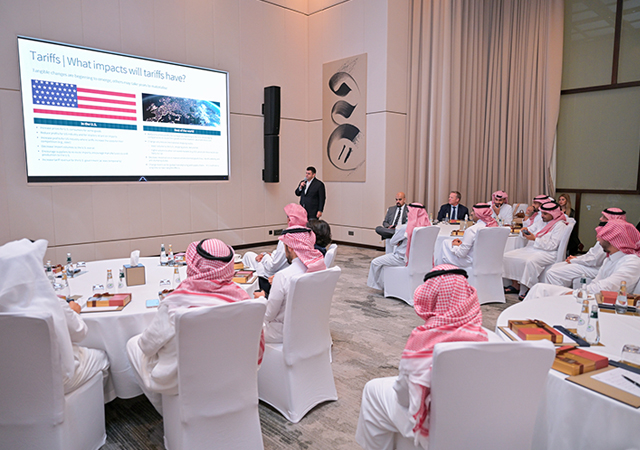
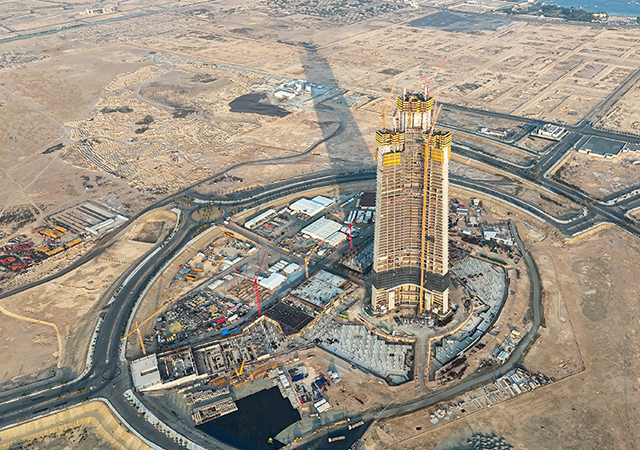
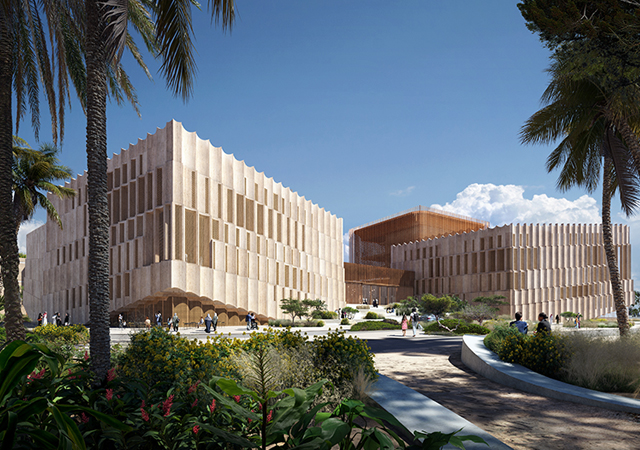

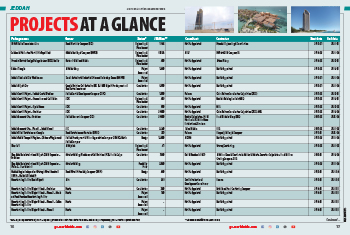
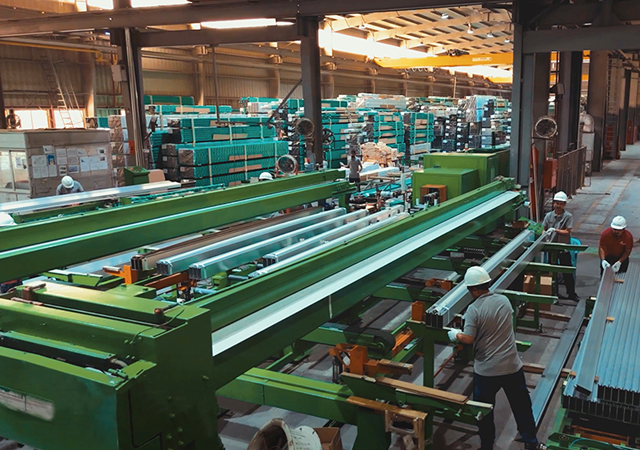

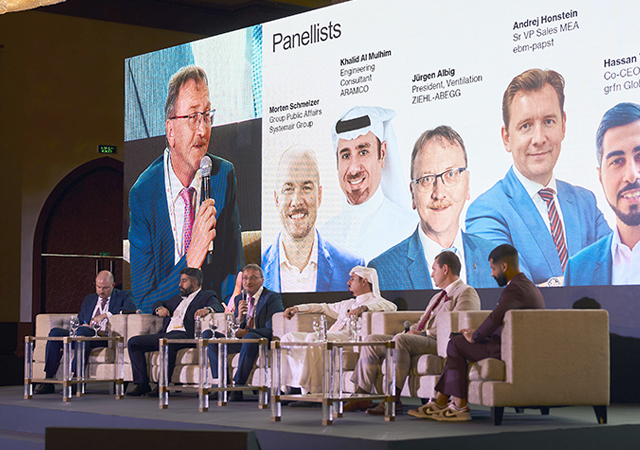

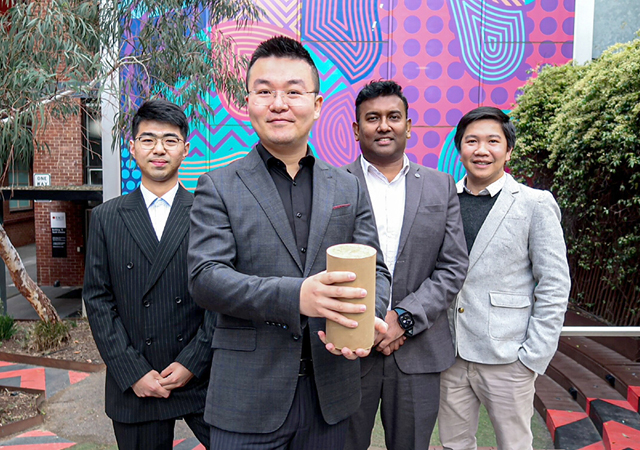
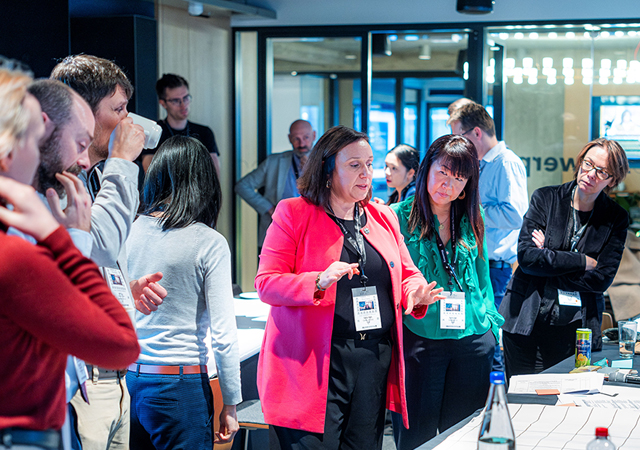
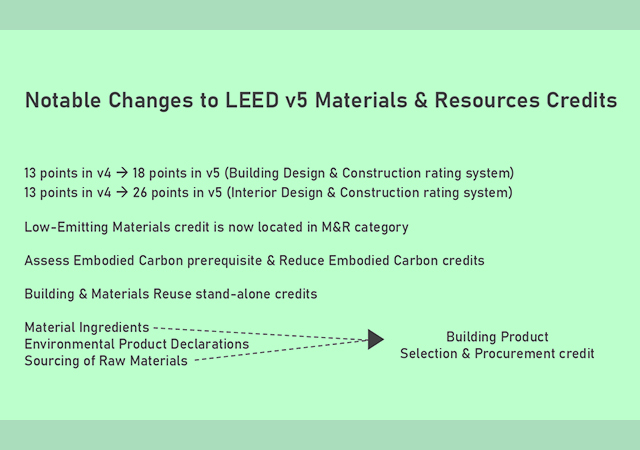
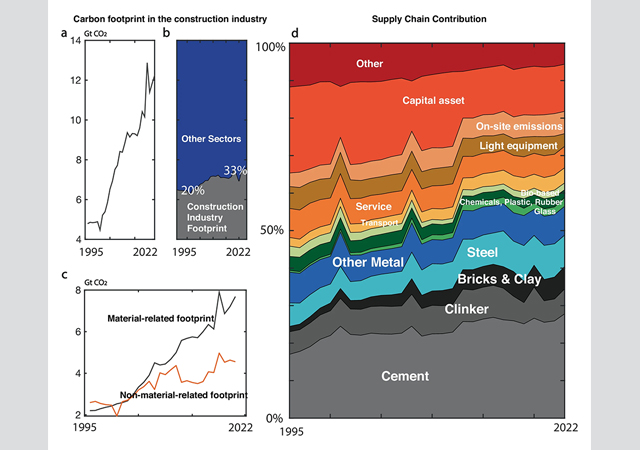
.jpg)

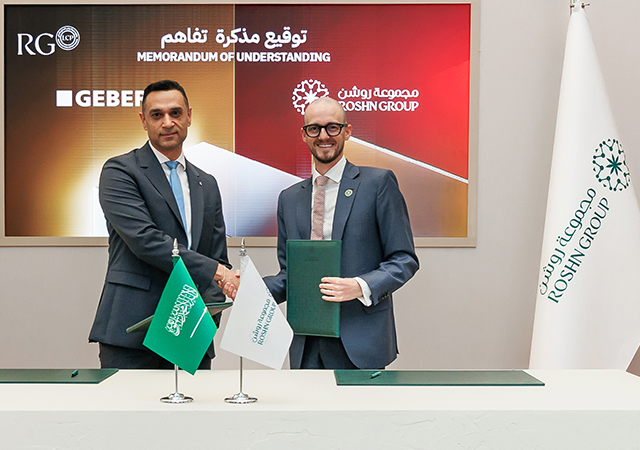



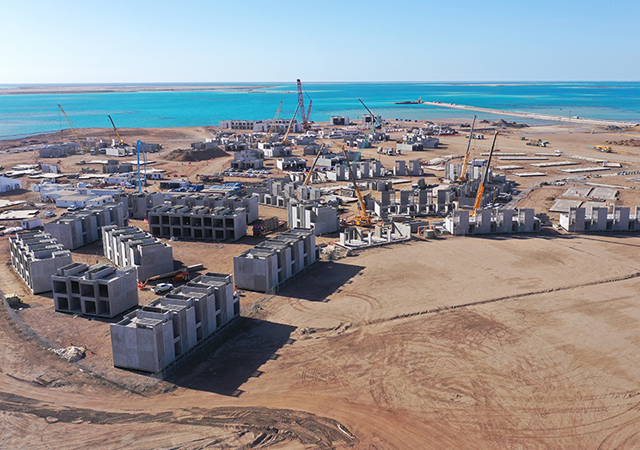





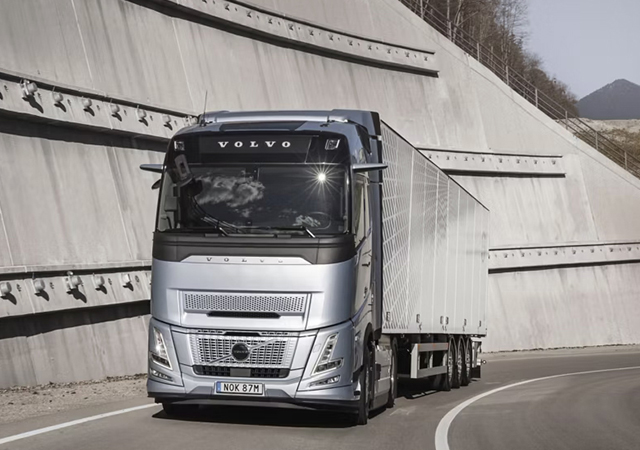
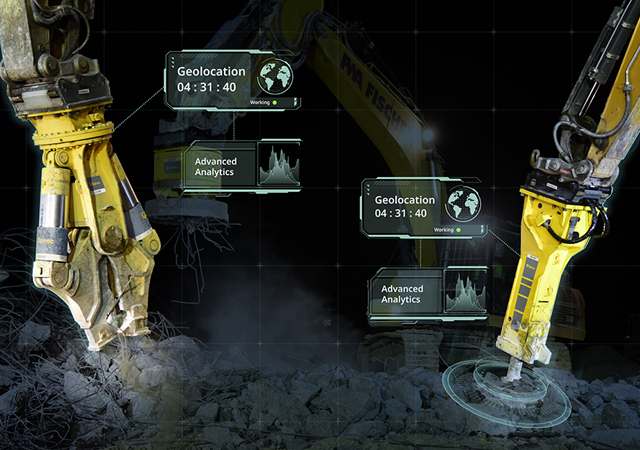
 (1).jpg)

